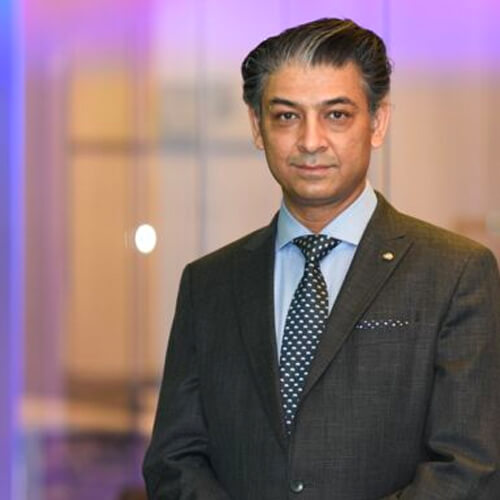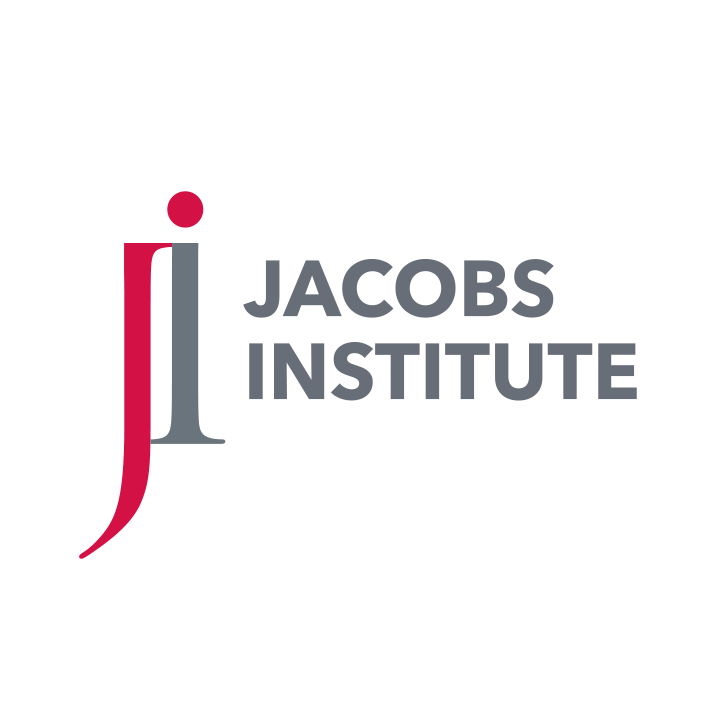At the Jacobs Institute we understand the value of breaking down traditional silos that have defined the practice of medicine for so long. Our buildings and their designed interiors were created to bring people together and encourage the cross-pollination of new ideas. Creating an innovation ecosystem under one roof is what distinguishes our institution. This report was created with that spirit in mind.
None of the systemic problems facing our healthcare system are easy to solve. Some of our nation’s brightest minds have been working on much-needed solutions for decades.
Nevertheless, I remain hopeful.
I’m inspired by the new generation of healers coming into the medical profession. They are brave, smart, outspoken and unwilling to accept the status quo. They are digital natives, open to new approaches. But they believe, as I do, that in this time of rapid technological change, we cannot let screens or new devices disrupt the human connection— the trust and compassion we cultivate with our patients. In particular, the provider- patient bond has been degraded by archaic electronic charting systems and requirements. Improvements in natural language processing, sensors, wearables and AI integration can and should help physicians and nurses return to providing the essential human touch.
While there has been a lot of focus on patient and family experience, not enough has been done to improve the work life of healthcare staff, who spend decades in high-stress environments. We need a new approach to improve the working environment of healthcare professionals to enhance the joy of collaboration and camaraderie.
In these pages we look at the future of healthcare from the broadest possible perspective. It is a reminder that healthcare innovation occurs not just within individual disciplines but through ideas and advances across many disciplines. As the following pages reveal, our profession is inextricably intertwined with many other fields, including data science, politics, socioeconomics, environmental and community studies, architecture, engineering and robotics, among many others. We hope this inspires you to look up from your individual specialties and strike up conversations with a wide range of researchers, thinkers and innovators.


